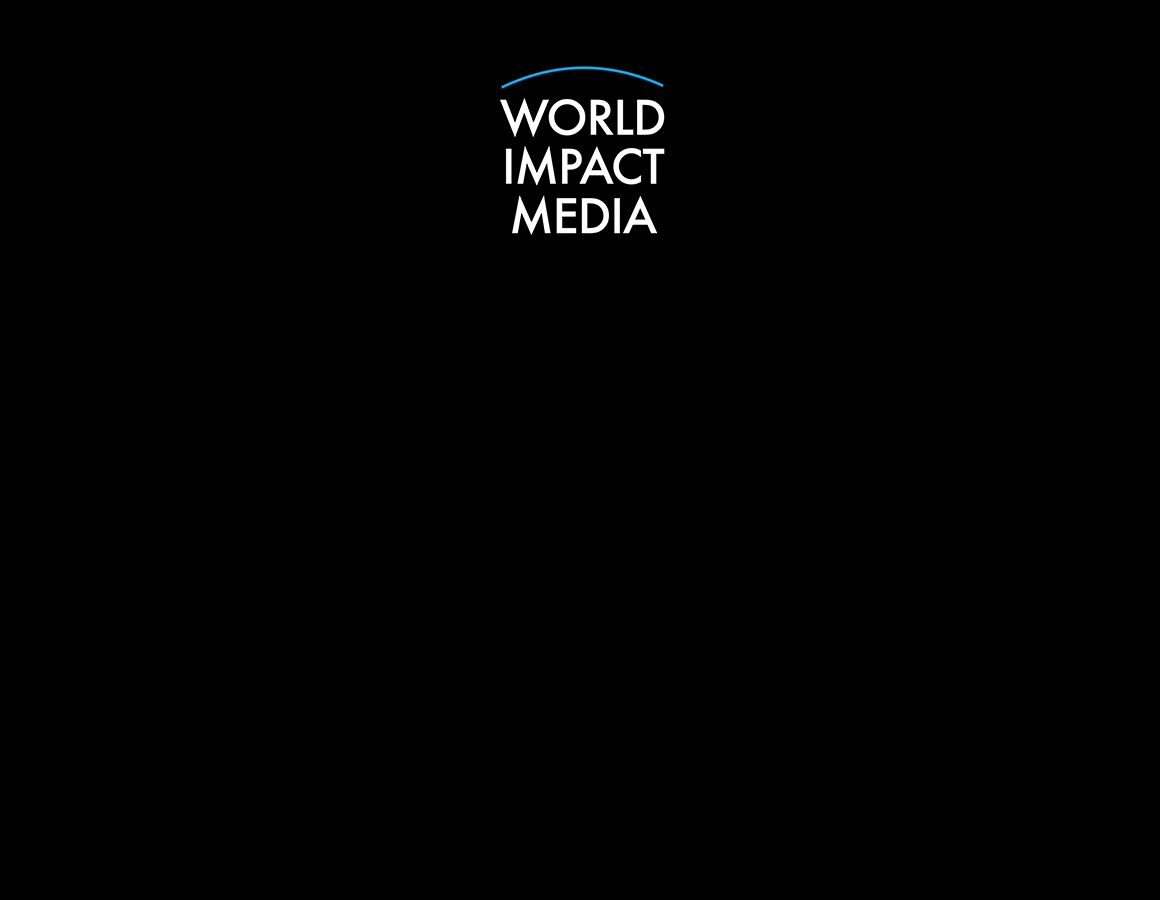As of 2025, the international community remains uncertain about the full extent of Iran’s nuclear capabilities. While Iran officially denies any intent to develop nuclear weapons, growing intelligence concerns and regional tensions have fueled speculation that the Islamic Republic may be secretly hiding up to three nuclear bombs in underground facilities.
What Fuels This Suspicion?
Several key developments over the past decade contribute to the theory that Iran may already possess nuclear weapons in secret:
- Advanced Uranium Enrichment: Iran has enriched uranium well beyond the 3.67% limit set by the 2015 JCPOA agreement—reportedly reaching levels up to 60%, and potentially higher behind closed doors. Only 90% purity is required for a weapon.
- Massive Stockpiles: Experts estimate that Iran has amassed enough enriched uranium to build at least 1–3 nuclear devices, should it choose to do so.
- Hidden Facilities: Iran is known to operate secretive underground military complexes, including heavily fortified sites like Fordow and Natanz, both of which are buried deep in mountains and resistant to conventional airstrikes.
- Past Nuclear Weapon Design Documents: The 2018 Mossad raid on Iran’s nuclear archive revealed Iran had worked on designing nuclear warheads well into the 2000s, contradicting claims of peaceful intent.
Could Iran Have Built and Hidden 3 Bombs?
Technically, yes. If Iran used its stockpile of enriched uranium and combined it with warhead designs it already possessed, it’s feasible that it could have constructed 1 to 3 crude nuclear weapons. These would likely not be small or easily missile-deployable but could function as basic atomic bombs.
Their concealment in underground IRGC-controlled facilities is also plausible, given Iran’s long-standing strategy of secrecy, strategic deception, and hardened infrastructure.
Why Would Iran Keep Them Hidden?
Iran could have strategic incentives to secretly develop and hide a small arsenal without declaring it:
- To deter attacks without crossing the red line of public nuclear declaration
- To avoid full-scale sanctions or preemptive strikes
- To gain leverage in negotiations by having “unofficial” power
This doctrine of nuclear ambiguity is similar to early strategies employed by Israel and other nuclear states before open recognition.
Final Thought
While no hard proof exists that Iran has successfully built or hidden nuclear bombs, the technical capacity, infrastructure, and strategic rationale are all in place. If Iran does possess 1–3 nuclear weapons today, their existence would likely remain one of the most closely guarded secrets in the Middle East—until the day they are revealed, used, or discovered.














